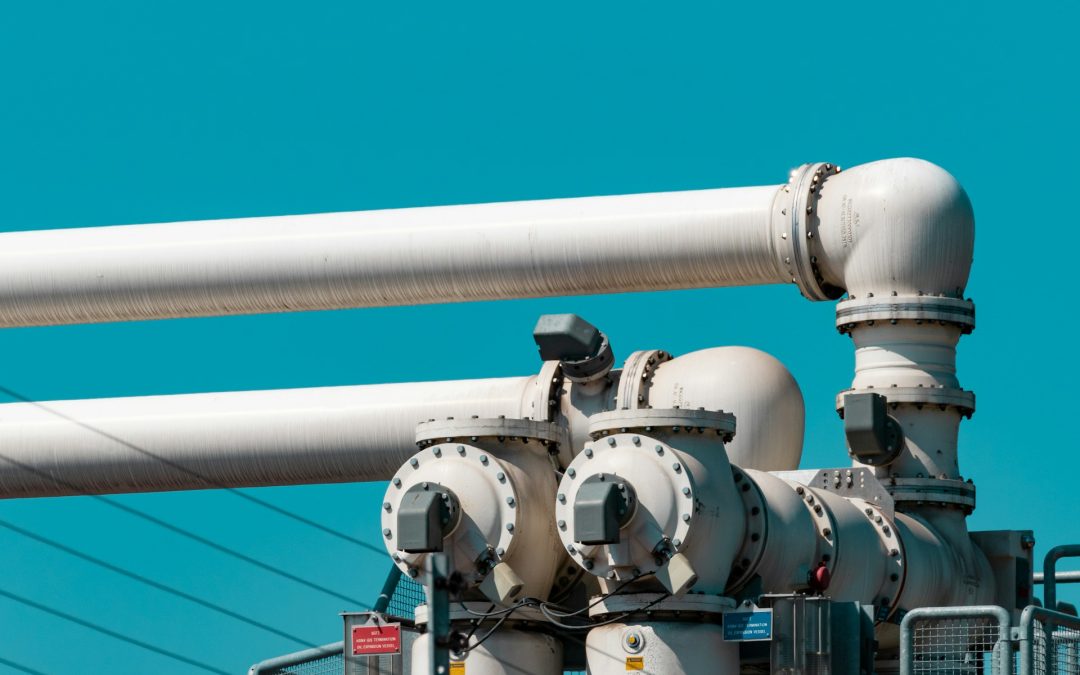Packaged pumping stations are becoming increasingly important in the management of wastewater in residential, commercial, and industrial settings. These complete systems are designed to collect, store, and pump wastewater and sewage from various sources to the main drainage system, thus ensuring proper treatment and disposal of waste material.
In this article, we will delve deeper into the role of packaged pumping stations, how they work, and their advantages in wastewater management.
Why Packaged Pumping Stations Are Needed
Packaged pumping stations are essential for managing wastewater, particularly in situations where gravity drainage is not feasible. This could be due to the presence of high groundwater levels, low-lying areas, or obstructions in the line of drainage. In such cases, the wastewater must be pumped to a higher elevation to reach the main drainage system. Some common applications of packaged pumping stations include basements, multi-storey buildings, and remote locations where connecting to the main sewer line is a challenge. Regardless of the specific application, these systems play a significant role in managing and effectively disposing of wastewater, thus protecting public health and the environment.
Main Components of a Packaged Pumping Station
A typical packaged pumping station comprises several essential components that work together to manage and transport wastewater. Let’s take a look at these critical elements:
- Wastewater Storage Tank – This tank collects and temporarily stores the wastewater from various sources, including domestic appliances, toilets, and sinks. The tank’s design is intended to store enough wastewater to prevent the need for constant pump cycles, thus extending the life of the pumps.
- Submersible Pumps – These pumps are placed inside the wastewater storage tank and serve the main function of pumping the wastewater to the main sewer system for treatment. They are specifically designed for handling sewage with high efficiency while preventing blockage and clogging.
- Control Panel – The control panel regulates the operation of the packaged pumping station. It monitors parameters such as water levels in the storage tank and the watertight integrity of the system. Additionally, the panel controls the timing and sequence of pump operations, ensuring smooth functioning of the station.
- Pipes and Valves – These components are responsible for the seamless and efficient flow of wastewater from the storage tank to the main drainage system. High-quality and durable materials are essential in ensuring the longevity and low maintenance requirements of the pumping station.
Customisation and Installation of Packaged Pumping Stations
One of the critical aspects of implementing a packaged pumping station is choosing the right system based on specific requirements. Factors that must be considered include the type of wastewater being handled, the pumping capacity, and the overall design of the station. This is where customisation comes in, which allows for each element of the system to be tailored to suit the needs of residential, commercial, or industrial applications.
Professional installation and correct sizing of the packaged pumping station are essential for ensuring the system’s long-term efficiency and reliability. It is crucial to work with experienced and knowledgeable professionals, like our team at A&C Pumps Ltd, who can carefully assess your requirements and recommend the best solution. Once the pumping station installation is complete, routine inspection and maintenance are vital in ensuring its optimal performance and longevity.
Advantages of Choosing Packaged Pumping Stations
Packaged pumping stations boast several benefits that make them a popular choice for wastewater management. Here are some of the key advantages:
- Cost-effective – Packaged pumping stations are typically more affordable than traditional sewage systems due to their modular design and off-site manufacturing, resulting in lower installation costs.
- Space-saving – The compact design of these stations makes them highly suitable for urban settings, commercial areas, or locations where space is limited.
- Easy to install – These pre-assembled systems require minimal groundwork and installation time compared to conventional sewage systems, thus reducing the overall cost and disruption at the installation site.
- Customisable – Packaged pumping stations can be tailored to individual requirements, ensuring the most effective sewage management solution for each application.
- Low maintenance – The high-quality components used in packaged pumping stations and their design minimise the need for frequent maintenance, reducing the associated costs and inconvenience.
Conclusion
Packaged pumping stations play a vital role in wastewater management across various industries and settings. Their customisable, space-saving, and cost-effective design make them an ideal choice for both small and large-scale projects. By investing in a high-quality packaged pumping station from trusted manufacturers and installers like A&C Pumps Ltd, you ensure a reliable, efficient, and environmentally-friendly solution to your sewage management needs.

